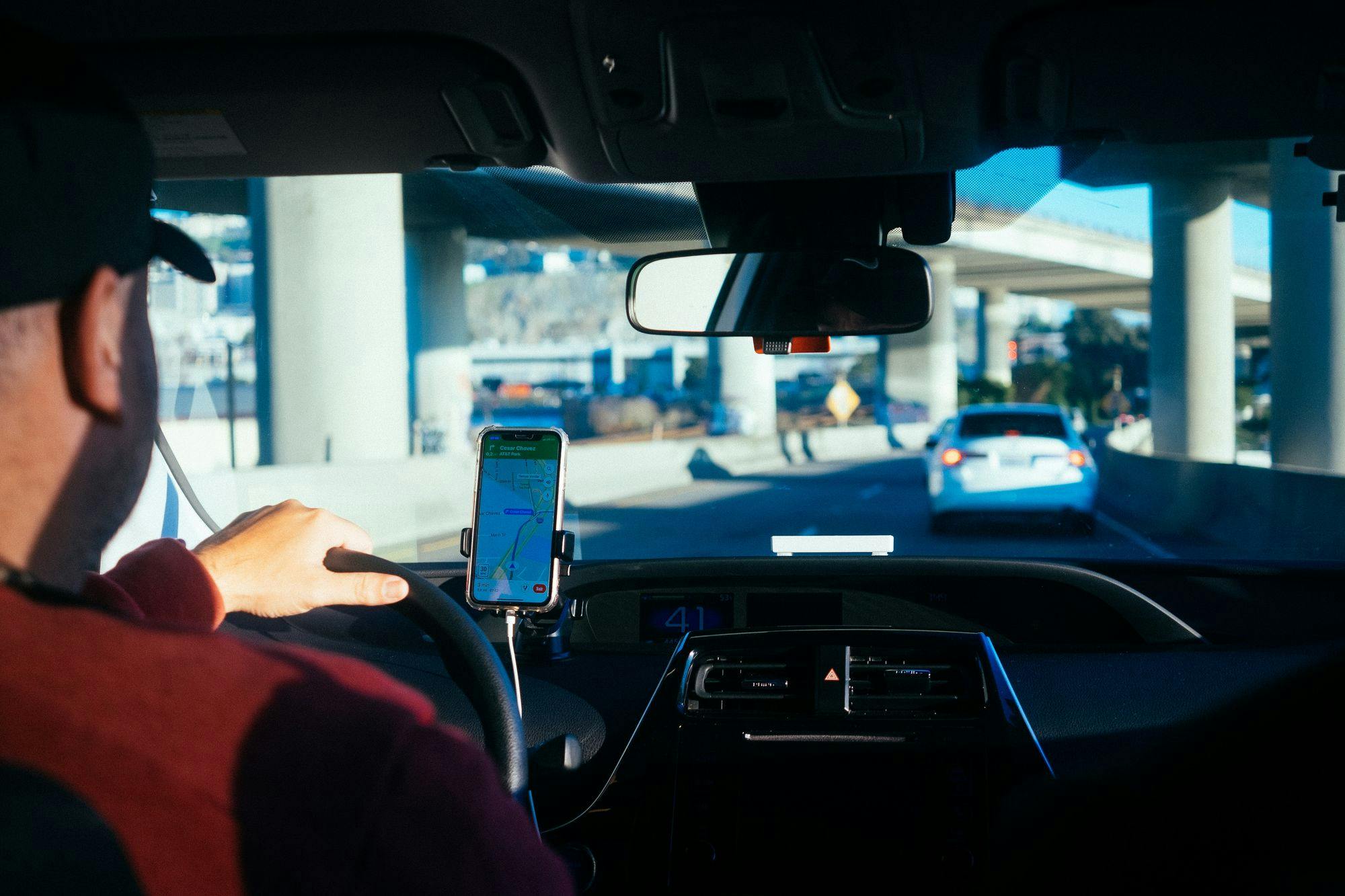Uninsured and Underinsured Motorist Coverage: Why It Matters After a Car Accident
Car accidents can be distressing, especially when the other driver involved doesn't have insurance or lacks sufficient coverage. In such situations, uninsured and underinsured motorist coverage becomes crucial. Understanding the importance of this coverage and how it works can help protect you financially and ensure you receive the compensation you deserve. In this article, we'll explore why uninsured and underinsured motorist coverage matters after a car accident and provide insights on how to navigate such situations effectively.
Why Uninsured and Underinsured Motorist Coverage Matters
Uninsured and underinsured motorist coverage is designed to provide financial protection when you're involved in an accident with a driver who either doesn't have insurance or has insufficient coverage. Here's why this coverage matters:
- Protection Against Uninsured Drivers: According to recent statistics, a significant number of drivers on the roads are uninsured. If you're involved in an accident with an uninsured driver, you may face challenges in recovering compensation for your injuries and damages. Uninsured motorist coverage helps bridge that gap, ensuring you have financial protection even if the at-fault driver lacks insurance.
- Coverage for Underinsured Drivers: In some cases, the at-fault driver may have insurance, but their policy limits may not be sufficient to cover all your expenses. Underinsured motorist coverage comes into play here, providing additional coverage beyond the limits of the at-fault driver's policy. This ensures that you aren't left with substantial out-of-pocket expenses.
- Peace of Mind: Car accidents are already stressful events, and dealing with insurance complications only adds to the burden. Having uninsured and underinsured motorist coverage gives you peace of mind, knowing that you have an extra layer of protection in case you're involved in an accident with an inadequately insured or uninsured driver.
How Uninsured and Underinsured Motorist Coverage Works
Uninsured and underinsured motorist coverage typically operates in the following manner:
- Filing a Claim: After being involved in an accident with an uninsured or underinsured driver, you'll need to file a claim with your own insurance company. Notify them about the accident, provide details about the other driver's lack of insurance or insufficient coverage, and submit any necessary documentation, such as police reports and medical records.
- Policy Limits: Your uninsured and underinsured motorist coverage will have policy limits, which represent the maximum amount your insurance company will pay. It's important to understand these limits and how they may impact your potential compensation.
- Coverage Determination: Your insurance company will evaluate the circumstances of the accident, including fault determination, the extent of your injuries, and the damages incurred. They will then determine the appropriate coverage amount based on your policy.
- Compensation and Settlement: If your claim is approved, your insurance company will offer a settlement amount based on the coverage provided by your uninsured and underinsured motorist policy. Negotiations may occur, and it's crucial to have proper legal representation to ensure you receive fair compensation for your losses.
Steps to Take After an Accident with an Uninsured or Underinsured Driver
- Notify the Authorities: As with any car accident, contact the local authorities and report the incident. They will document the details and provide an official report, which can be useful when filing your insurance claim.
- Gather Evidence: Collect evidence at the scene, including photographs of the accident, damage to the vehicles, and any visible injuries. Additionally, gather contact information from

